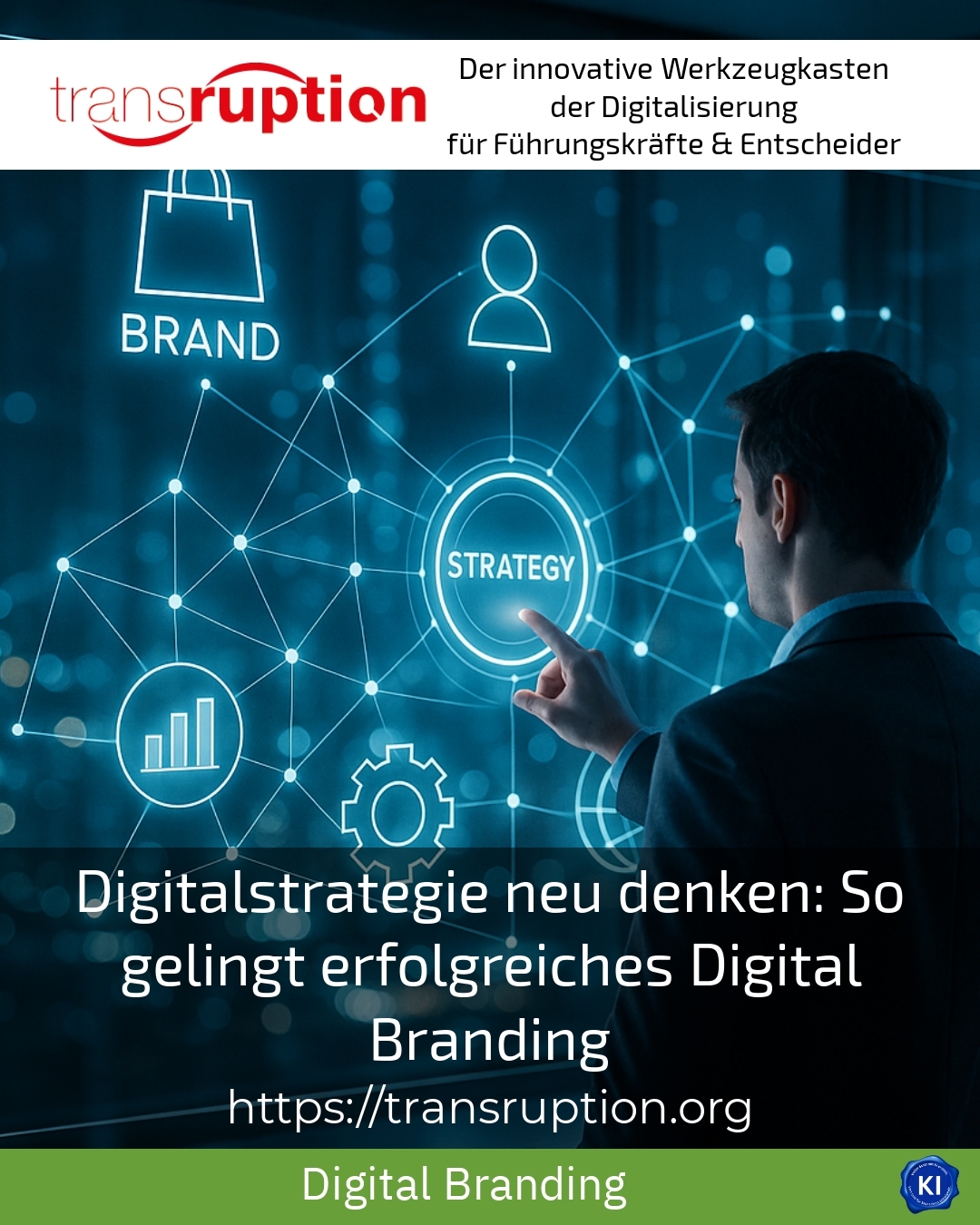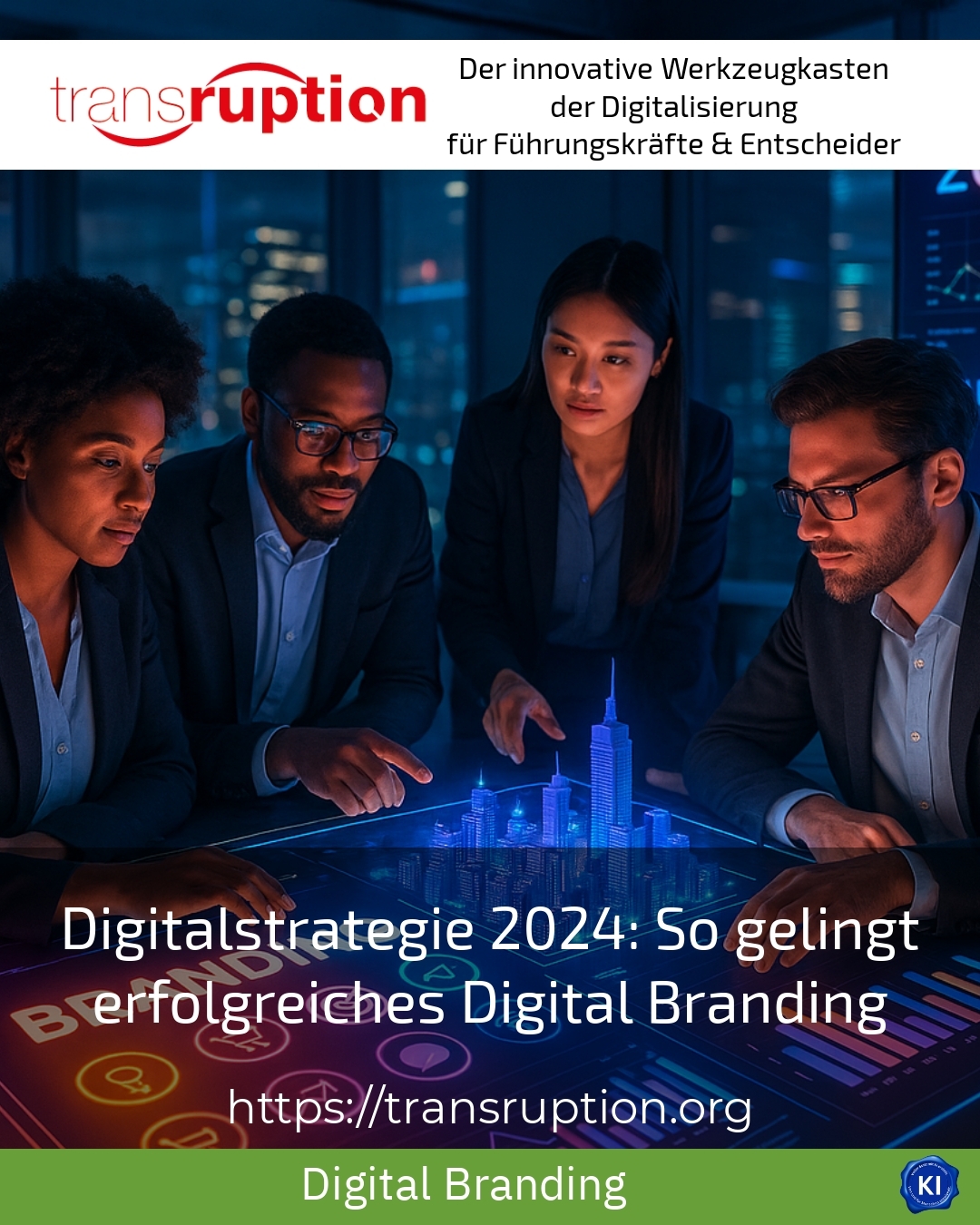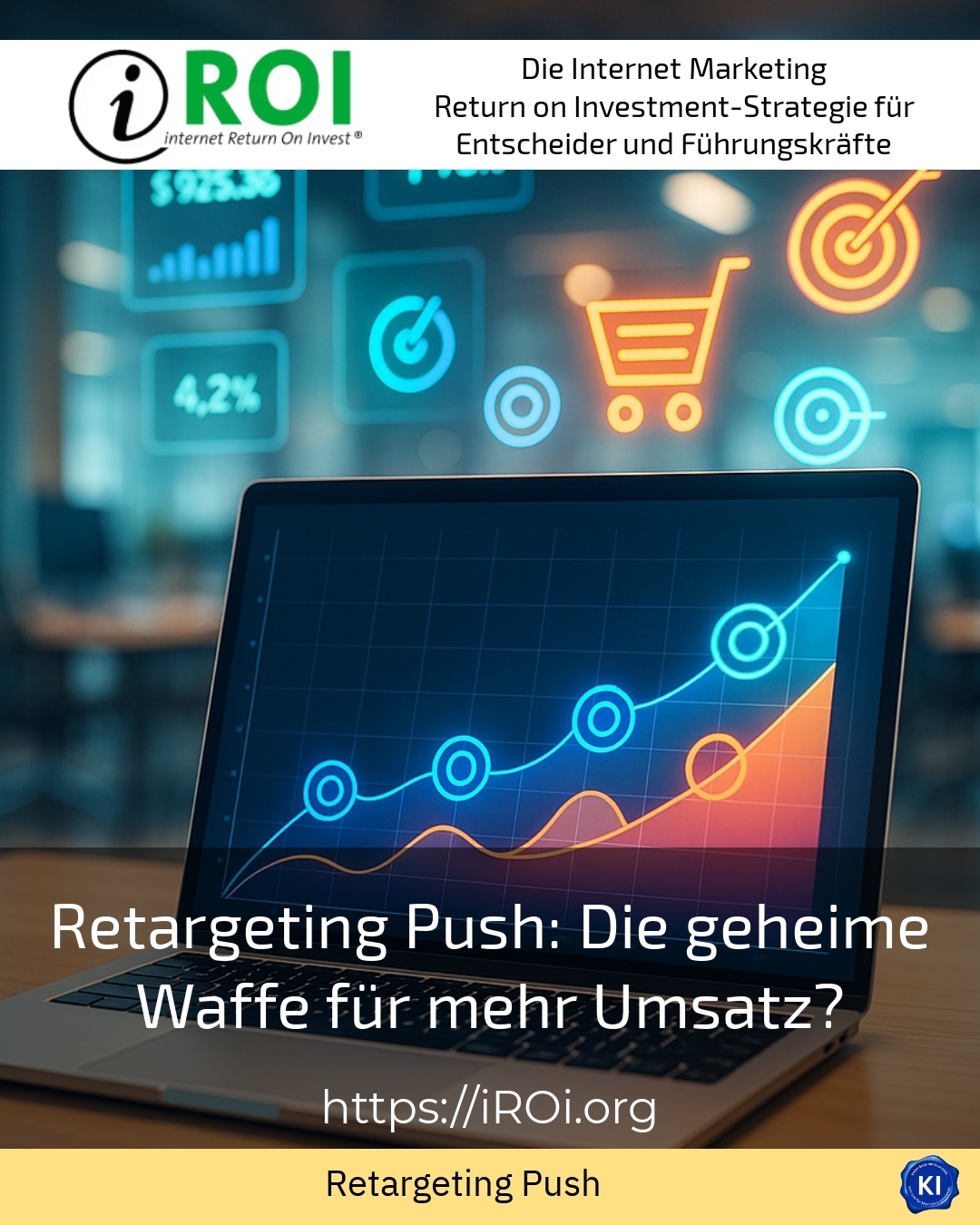In today's digital world, **Retargeting Push** is becoming increasingly important as an innovative method for retargeting visitors and increasing sales. This technology accompanies potential customers along their customer journey and helps companies to win back lost prospects.
What does retargeting push mean and how does it work?
Push retargeting** is a form of marketing communication in which users who have visited a website or shown interest are contacted again via push notifications. Unlike traditional forms of advertising, these messages reach recipients directly on desktop or mobile devices - even without an app having to be installed. This increases the chance that users will return and complete a desired action, such as a purchase.
For example, an online shop that sells shoes displays push notifications with information on discount promotions for exactly those sneakers that visitors have previously viewed. In this way, the offer remains present without appearing intrusive. This method is particularly effective in increasing conversion rates in e-commerce.
Publishers can also use **Retargeting Push** to address their readers again and draw their attention to current articles, exclusive content or webinars. This strengthens the bond with the target group and increases the time spent on the website. There is similar potential for online courses or service providers, who can act in a targeted manner with customised offers and reminders.
Advantages of retargeting push in the marketing mix
The power of **retargeting push** lies, among other things, in the immediate reach and high visibility of the messages. Push messages are usually noticed immediately and often generate higher click rates than comparable email campaigns.
Here are some examples of the benefits that companies report:
- Increase sales by targeting users who have already shown interest.
- More efficient utilisation of existing traffic without expensive new customer acquisition.
- Personalisation through dynamically adapted content and offers.
- Integration into large marketing campaigns, such as seasonal sales or product launches.
Retailers, digital media and agencies often report noticeable improvements in customer loyalty and a significant increase in interactions through the clever use of **retargeting push**.
BEST PRACTICE with one customer (name hidden due to NDA contract)
The client implemented a push retargeting campaign in its online shop for sportswear. Within a few weeks, the shopping basket abandonment rate was reduced by 15 % as users were targeted with product updates and limited discount codes. At the same time, the average order quantity increased because additional items were advertised, which noticeably increased sales.
Tips for the successful implementation of retargeting push
Success depends largely on the right strategy and execution. Here are three practical recommendations:
- Target group segmentation: Use data to precisely differentiate between visitor groups. This allows you to tailor messages precisely and minimise wastage. For example, first-time visitors, returning buyers or those interested in certain product categories can be addressed differently.
- Content personalisation: Dynamically customised content and offers increase relevance. This allows you to target those users who have taken a look at a specific product but have not purchased it.
- Frequency management: Ensure a balanced contact frequency so as not to overwhelm or scare off users. For example, use frequency capping to only send push messages in a sensible time window.
Taking legal requirements into account, such as user consent for push notifications, is also essential to maintain trust and increase acceptance.
BEST PRACTICE with one customer (name hidden due to NDA contract)
A provider of digital training used retargeting push to send targeted reminders to users who were interested in certain courses but had not yet registered. Personalised learning offers and exclusive discounts were communicated. The result was an increase in enrolment rates of over 25 %, while avoiding unnecessary push notifications through intelligent frequency management.
Use retargeting push strategically in the marketing mix
To be fully effective, **Retargeting Push** should be considered as part of a holistic marketing strategy. It complements other channels such as email marketing, social media or search engine advertising and can accompany the customer journey along various touchpoints.
B2C companies, for example, rely on combinations of dynamic retargeting via display adverts and targeted push messages to trigger and support purchase processes. Media companies benefit from the opportunity to remind readers of new content and promote subscriptions. Service providers use the channel to communicate personalised offers or important dates and thus strengthen customer loyalty.
BEST PRACTICE with one customer (name hidden due to NDA contract)
An e-commerce company integrated Retargeting Push into its automated marketing system and linked it with email campaigns and social media ads. This cross-channel strategy made it possible to address prospective customers in a flexible and personalised way. In phase one, a push notification was sent with a shopping basket reminder, followed by an email and finally a Facebook advert. This coordinated approach significantly increased the conversion rate compared to individual channels.
My analysis
**Retargeting Push** offers an effective way of reactivating users and realising sales potential. The targeted and personalised approach reduces wastage and increases the efficiency of marketing measures. This method is particularly relevant in combination with other channels and creates a closer connection to the target group. Companies that want to proactively accompany their customer journey will find retargeting push a valuable support.
Further links from the text above:
Retargeting via push notification - ShopiMind
Retargeting strategies in the media mix - Constructive
Retargeting - Haufe Academy
Using retargeting correctly - Avidly Agency
Retargeting explained simply - SEM Germany
For more information and if you have any questions, please contact Contact us or read more blog posts on the topic internet Return on Investment - Marketing here.
















